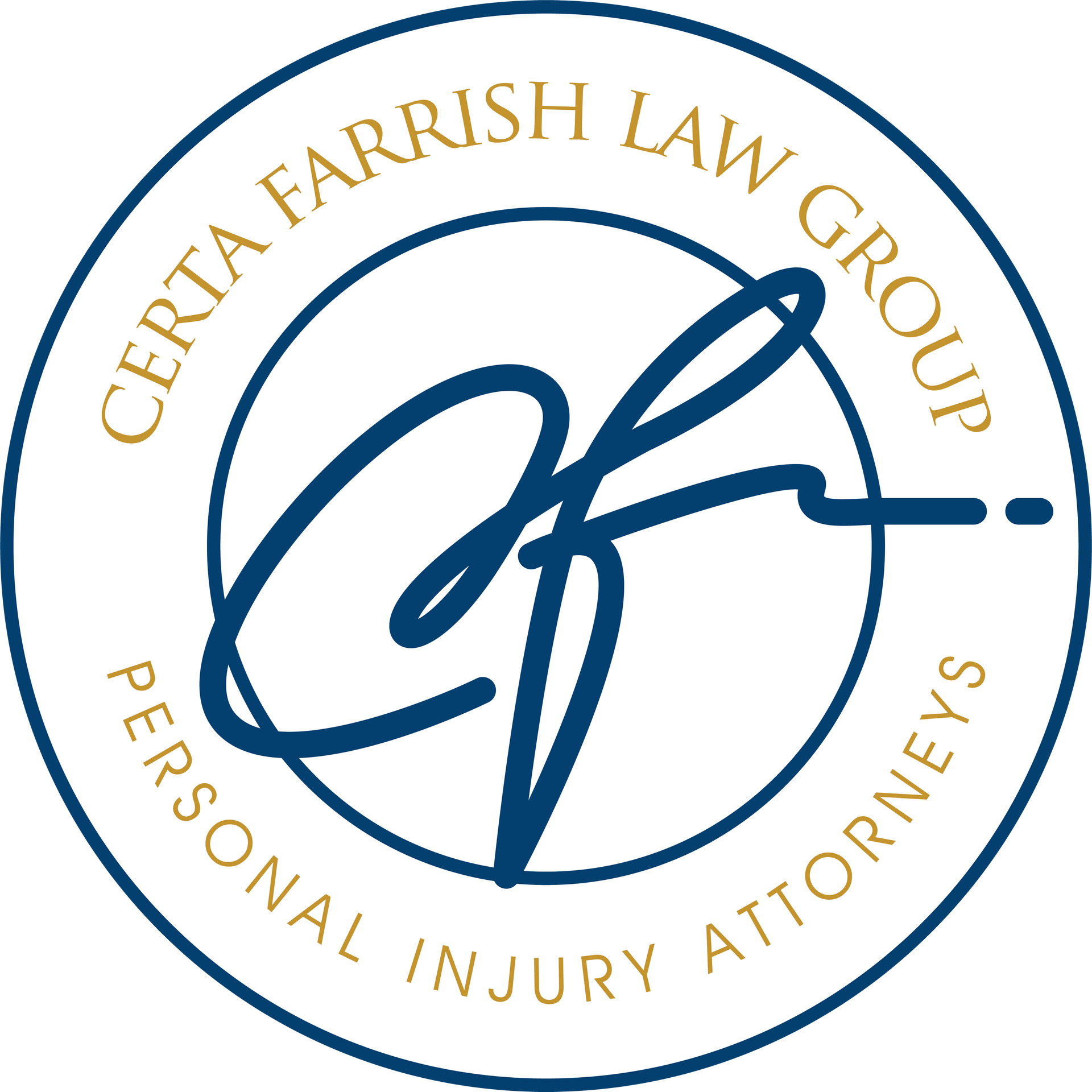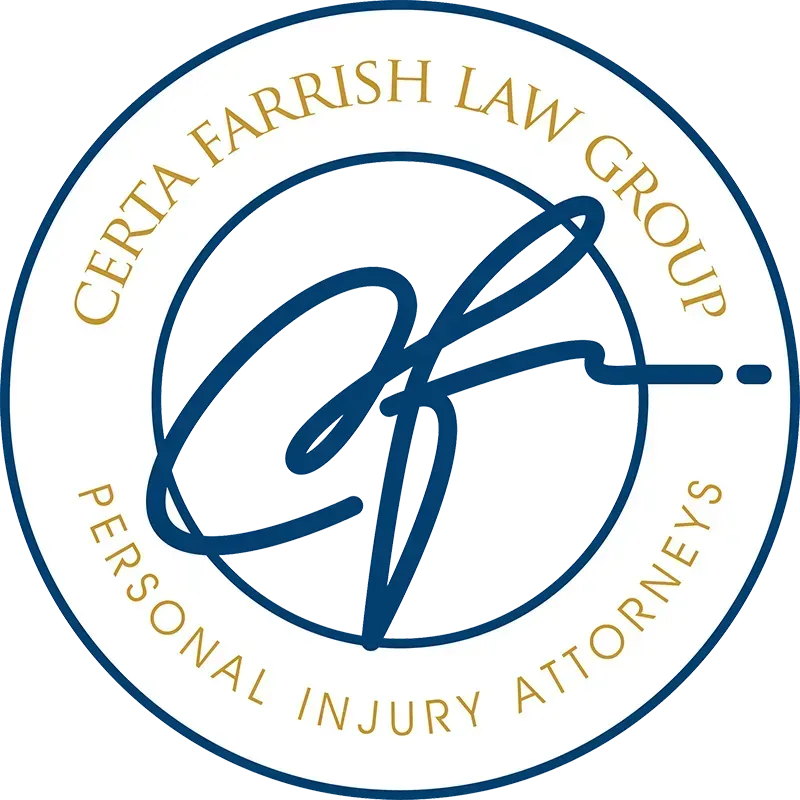When a ride turns into a recovery
Edmonds Motorcycle Accident Lawyers
Motorcycle accidents are often more severe than other types of vehicle accidents due to the lack of protection motorcycles provide. If you’ve been involved in a motorcycle accident, you may be dealing with serious injuries, high medical bills, and a challenging road to recovery. At Certa Farrish Law Group, we understand the unique risks motorcyclists face on the road and the complexities involved in pursuing a claim. From Edmonds and Seattle to Everett, Renton, and Vancouver—and throughout Arlington, Marysville, and Lake Stevens—we’re dedicated to riders across Washington and beyond. Our team is here to help you navigate the legal process, so you can focus on healing and moving forward with your life.
Laying the Groundwork for Your Claim
The early days matter. We secure photos and nearby camera footage, locate witnesses, and document your gear, bike damage, and road conditions. We report basics to insurers without recorded statements, help arrange estimates and repairs, and outline medical documentation so treatment is tracked from day one. If transportation is an issue, we’ll walk through rental and loss-of-use options.
Clearing the air on rider bias and visibility
Too often, insurers assume the rider is to blame. Certa Farrish Law Group will counter that with facts—intersection diagrams, lane position, headlight and brake usage, and left-turn conflict patterns. On corridors like SR-104 or Aurora, signal timing, signage, and sightlines can explain what really happened. When disputes arise, we work with reconstruction methods to show why the other driver should have seen you.
Coverage riders should know about
Washington is fault-based, which means the at-fault driver’s insurer generally pays for your losses. Personal Injury Protection (PIP) for motorcycles varies by policy; some riders opt out without realizing the tradeoffs. Uninsured/underinsured motorist (UM/UIM) coverage can be crucial after a
hit-and-run or when the other driver carries low limits. We review your declarations page, explain options in plain English, and map out how each coverage supports your recovery.
Building a strong Edmonds case
Evidence tells the story. We pull police reports, collect medical records, and document property damage with photos and estimates. Local context—merge patterns near SR-104, turning traffic along Highway 99, and pedestrian activity around the waterfront—helps clarify liability. We also track wage loss, therapy mileage, and daily limitations so the claim reflects the full impact on your life.
Answers Riders Need to Know
I don’t have any reflective gear—am I automatically at fault after a night crash near Aurora?
Not automatically. Fault depends on many factors, including the other driver’s lookout, speed, and lane changes. Photos, headlight status, and witness statements can demonstrate that your visibility was reasonable and the driver still failed to yield.
Left-turn crash disputes at SR-104—how do you prove what happened?
We pair scene photos with intersection layouts, signal timing, and skid or scrape marks. If available, nearby camera footage and vehicle data help confirm speed and direction. Pulling all of this together creates a clear timeline that supports your account.
Hit-and-run on a neighborhood arterial—what are my options if the driver fled?
UM coverage on your own policy may step in when the other driver can’t be identified. Report the crash promptly, seek medical care, and keep receipts. We coordinate benefits and push for a fair resolution while police reports and any camera footage are still fresh.
Do I need PIP as a rider, and what if I opted out years ago?
PIP can help with early medical bills and part of wage loss, but not all motorcycle policies include it. If you opted out, your health insurance may be primary, and UM/UIM becomes even more important. We’ll review your coverage and explain how each piece fits your situation.
What’s the general deadline for an Edmonds motorcycle claim, and why act quickly?
Many injury claims in Washington have a general three-year window, but evidence—camera footage, debris fields, and vehicle data—can disappear within days. A quick call helps lock down proof and protects your ability to recover. If you’re unsure where to start, reach out and we’ll outline next steps today.


